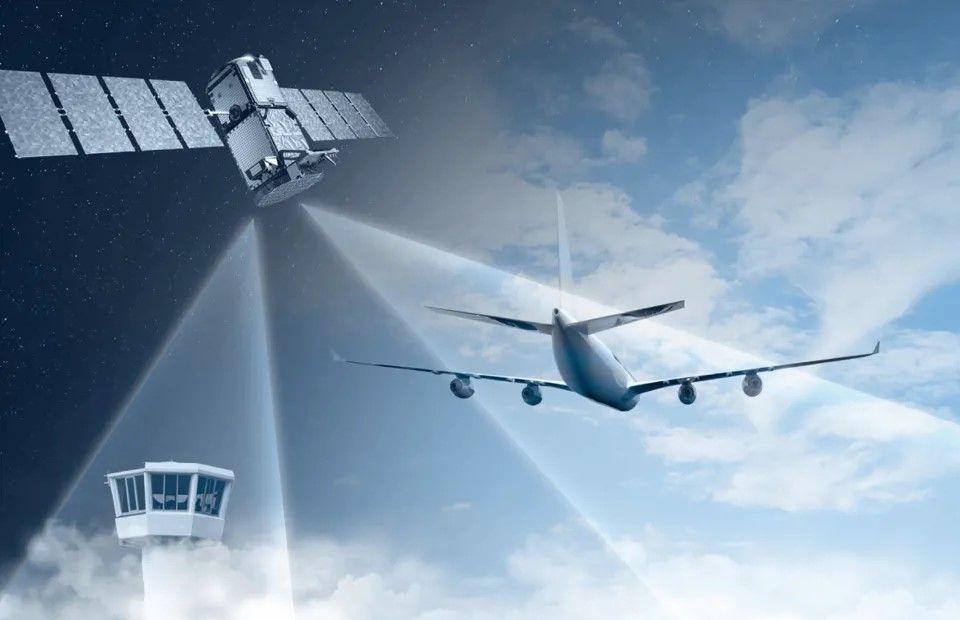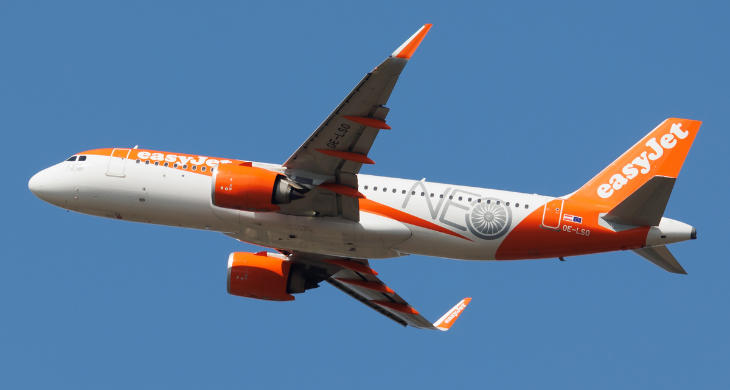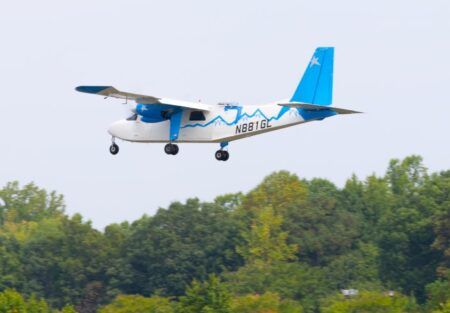Airline easyjet has used the Iris satellite communications service during a flight for the first time, a key milestone in the roll-out of the technology that will enable further digitalization of air traffic control and enable the more efficient flight operations and emissions savings.
The entry of Iris into commercial service marks more than 10 years of development led by the European Space Agency (ESA). Iris provides data links using satellites provided by Viasat to complement existing VHF-based communications.
Iris enables several air traffic management improvements, including the use of 4D Trajectory-Based Operations and more collaboration between pilots and ATC. This will help ease traffic in congested airspace, enabling the use of more fuel-efficient routes and reducing disruption for passengers.
Iris shares trajectory and operational information, allowing airlines to avoid holding patterns, calculate the shortest available routes and optimum altitudes, and benefit from continuous climb and descent pathways that reduce fuel burn.
EUROCONTROL estimates that CO2 emissions can be reduced by 8-10% from improved air traffic management that uses faster and more reliable data links. Iris is also broadly seen by the aviation sector as a key part of modernizing air traffic management operations in Europe.
Connectivity improvements
Iris service provider European Satellite Services Provider (ESSP) was certified by European aviation regulator EASA in September.
Up to 11 easyJet Airbus A320neo will be used in commercial flights with Iris this year, which will involve 15 different national air navigation service providers (ANSPs) in Europe.
ESA has led and funded Iris, involving the International Civil Aviation Organisation (ICAO) and an industrial consortium of more than twenty companies. US-based Satellite company Viasat, which acquired UK firm Inmarsat last year, is the prime contractor on the program.
Iris uses Viasat’s SwiftBroadband-Safety (SB-S) connectivity platform and is offered as a fully certified capability by Airbus on the A320 and A330 series aircraft.

Hugh McConnellogue, director of operations and navigation at easyJet said, “More efficient use of airspace is a critical way we can tackle the industry’s emissions right now. Adopting Iris technology on these aircraft will enable easyJet to fly more directly and efficiently, thereby reducing carbon emissions as well as enhancing our on-time performance – which in turn improves our customers’ experiences.
Charlotte Neyret, CEO of ESSP said, “These first commercial flights are bringing to reality a decade of both vision and investment in this new datalink communication solution to achieve safer and greener aviation.
“Iris technology allows the development of new environmentally friendly routes, which will improve ATC management, reduce fuel costs and lead to the deployment of more efficient air operations.”
Javier Benedicto, acting director of connectivity and secure communications at the ESA said, “Iris enables tangible benefits to the commercial aviation community and society at large, including reduced emissions of carbon dioxide and fewer delays for passengers through more efficient flight paths.
Joel Klooster, senior vice president of flight safety and Advanced Air Mobility (AAM) at Viasat said, “We are thrilled to see Iris flying with a leading airline such as easyJet, a crucial step on our pathway to reducing emissions and easing congestion in European skies.
“We look ahead to the industry reaping the rewards of this innovation well into the future – and to passengers and airlines alike benefitting immensely.”
Viasat and ESA signed a contract in 2022 to expand the Iris program around the world. Iris Global will focus on the technologies and certification required to roll-out Iris in regions outside of Europe. According to Viasat, “such developments are already well underway”.





